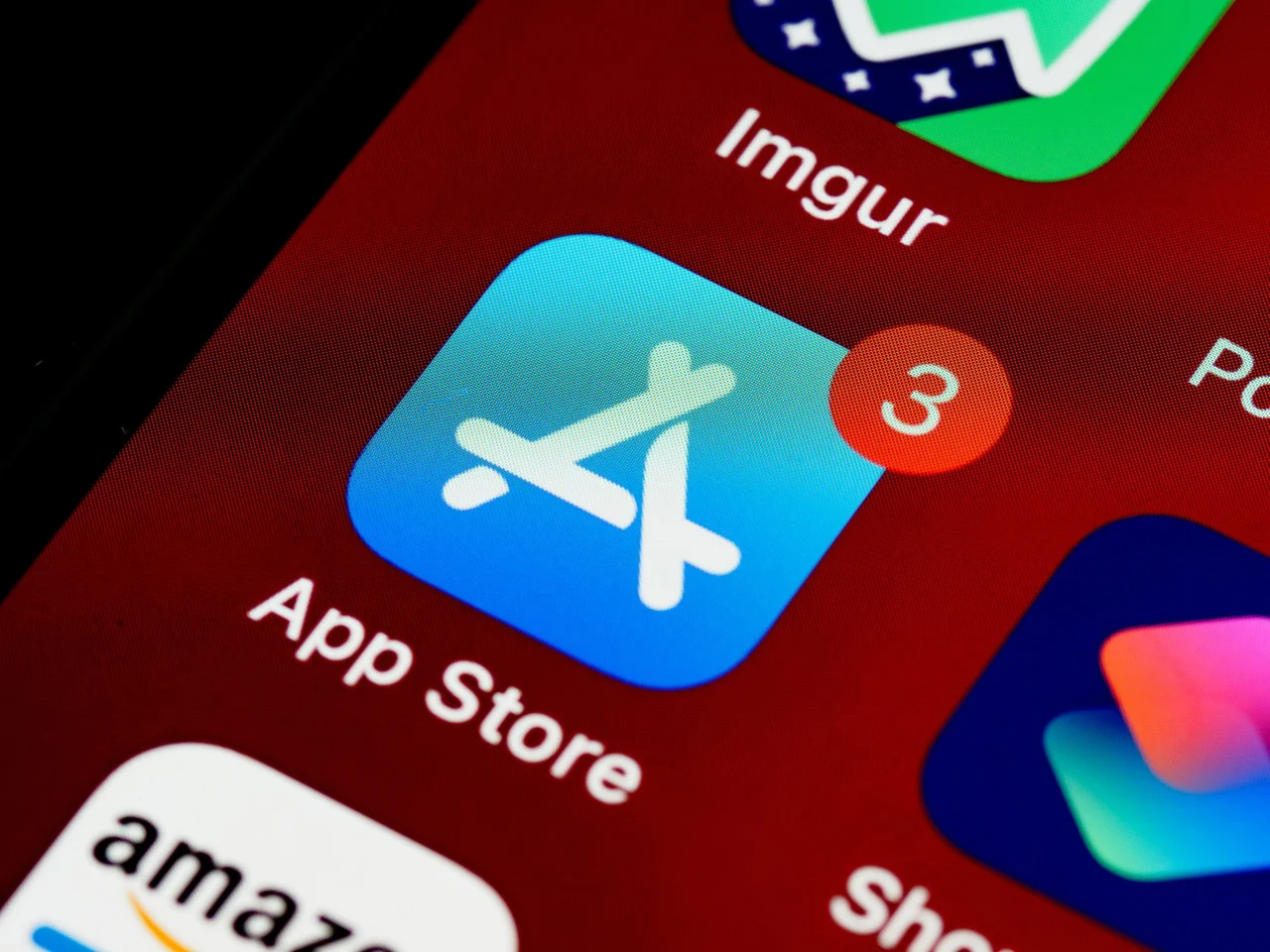How do you manage product and feature releases? Do you follow a strategy and stick to a schedule, or is every release slightly different?
Your process should be about your customers, not your code. Tailoring your release management process is about understanding your own application and the people who are going to use it. You’ll need to consider the differences between B2C and B2B releases, the industries you’re marketing to and how to gather and implement feedback.
To execute this, take a more continuous approach to testing and development. This will reduce the time-to-market for improvements to your app — if that’s what your market demands. Turn your attention to what users want and ensure that updates align with their needs.
Here’s what you need to know to tailor your release schedule to your market.
Understand the market
Reviewing the current market will help you determine whether there’s demand and help you provide a relevant product. It’s not a reactive decision in response to competitors. Your understanding of your market should be framed within the context of time-to-market priorities.
You should then ask yourself: ‘Can I justify my release process with data?’ Do you have customer surveys and market trends that back up your decisions? If the market for a specific feature or product is over-saturated, it’s crucial to understand that and retarget your development efforts.
A clear understanding of the market makes it easier to plan relevant improvements, then release them when they’ll have maximum impact. This is especially relevant for B2B apps, as release schedules are often dictated by regulatory environments and shifts in industry patterns. Understanding your market will help you prepare for this and factor it into your release.
Know where your customers are
Your release won’t garner success without marketing. From your research, you should have gained a good idea of the channels you want to target. The type of app you’re making and whether it’s B2B or B2C will determine how you reach out to potential customers. You might choose to market via:
- Email campaigns
- Social media
- Keyword targeting
- Recommendations from other businesses
Start by teasing your product before launch to gather some interest. Promoting your app will come later. Marketing strategies and user education campaigns should accompany every major release. They’ll combine to amplify the impact of a new product or feature, and you’ll also be able to justify the timing and nature of said release with real market data.
Let market trends (and marketing) inform improvements
Just because you’ve kicked off a development cycle doesn’t mean that you should ignore current market trends. You need to be able to adapt.
This is where continuous integration and deployment (CI/CD) comes into play. **The more agile and responsive.) you are, the lower your time-to-market, and the faster you’ll be able to respond to market demands.**
Like so many aspects of a strong release management process, adjusting to market trends is an ongoing task. And one your entire organization should take part in. The insight your marketing team gathers from social listening, competitor analysis and engagement data, for example, is incredibly valuable when prioritizing development efforts.
Keep in mind though, you can’t take real-time adoption for large business-critical applications for granted. Some B2B customers may migrate to new applications faster than others, and multiple versions of the codebase may have to be supported simultaneously. Sometimes, it’s more about the wrong timing, rather than a developmental issue.
Your sales and support experts can offer an equally valuable insight into user needs and market trends. Make use of their close contact with customers and plan releases based on real-world pain points and requirements. A holistic approach to release management pays off — aligning your teams could boost sales by 38 percent.
Listen to your users
If you haven’t already, build a user acceptance testing (UAT) phase into your release management process. As the target market for your product, they will have the greatest insight into trends, feature gaps and functionality.
Allowing your users to test new products and features will also streamline final deployment. As the saying goes, no one can break software like the end user. They may unearth bugs that even the most detail-oriented QA tester may have missed. This will ensure your final release is as functional as your customers expect it to be.
Keep your release management going
While a successful deployment is one of the major goals of the release management process, it’s by no means the end of it.
Release management is cyclical, not linear. In other words, every deployment should feed back into the next release. So, it’s important to create a system that gathers and organizes user feedback beyond UAT and deployment. Gathering data using app analytics shows you how users are interacting with your app. What features are having the most impact? What’s keeping them engaged? What are you missing?
Your entire team should have access to this information. It will shape your next planning stage, ensuring your product evolves in line with what your market expects.
The more data you gather about how users interact with your product; the more insight you’ll have into how to manage new releases — and what those updates should be.


